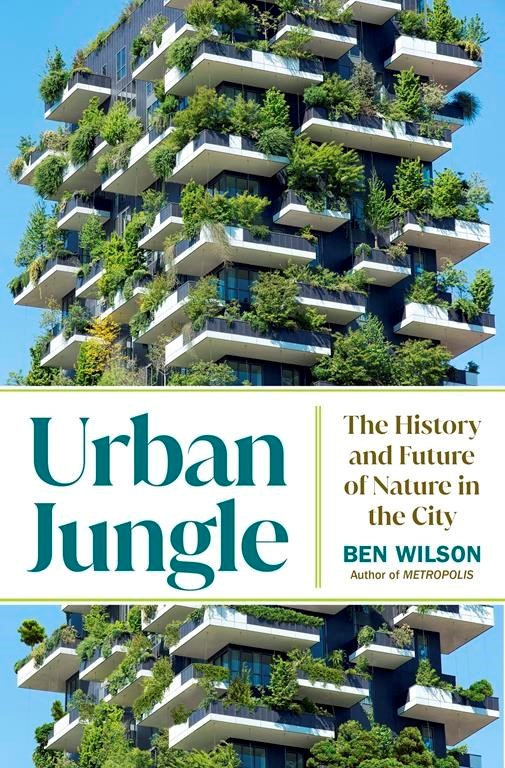““Urban Jungle: The History and Future of Nature in the City” by Ben Wilson (Doubleday)
When most people think of weeds, they think of decay and blight. They're not something that spark much joy at first glance.
But in his book, “Urban Jungle,” Ben Wilson writes that weeds are something that we should be grateful for. They're among the “hardy pioneers” that tell the story of the vast ecosystem we find in cities around the world.
That's just one example of how Wilson asks readers to think anew about cities and their ecosystems in his brief but illuminating new book.
Wilson challenges notions about nature in cities, noting in his introduction that New York contains more species than Yosemite National Park. Rethinking the relationship between cities and nature requires taking a closer look at the cracks in sidewalks, vacant lots and backyard gardens.
Wilson's book explores the history of the impact that urbanization has had on the environment, and the ways that cities are now trying to mitigate that impact. It's an important topic for readers who are concerned about the mounting consequences of climate change, no matter where they live.
From buildings adding rooftop gardens to the growth of “dark sky” cities, Wilson cites examples of how urban planners are finding solutions after decades of contributing to climate change. But he also acknowledges the challenges that cities without the resources or political will face in trying to pursue such changes.
Wilson leaves readers with hope about the future of efforts to preserve the ecosystems that surround us, as well as a new perspective that looks beyond the concrete and asphalt when walking along a city's streets.
Andrew Demillo, The Associated Press




